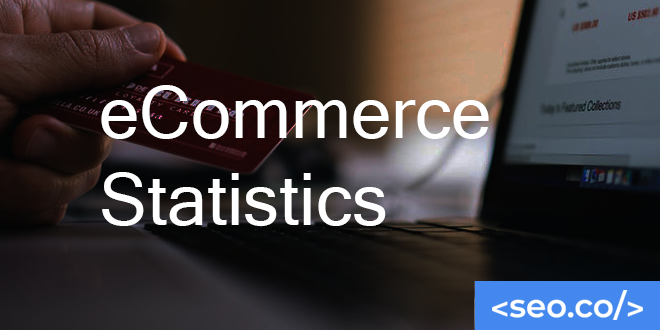
Business-to-Business (B2B) Marketing Guide
As business owners, entrepreneurs, and marketers, we often use the word “marketing” in a general sense that can apply
In his 9+ years as a digital marketer, Sam has worked with countless small businesses and enterprise Fortune 500 companies and organizations including NASDAQ OMX, eBay, Duncan Hines, Drew Barrymore, Washington, DC based law firm Price Benowitz LLP and human rights organization Amnesty International.
As a technical SEO strategist, Sam leads all paid and organic operations teams for client SEO services, link building services and white label SEO partnerships.
He is a recurring speaker at the Search Marketing Expo conference series and a TEDx Talker. Today he works directly with high-end clients across all verticals to maximize on and off-site SEO ROI through content marketing and link building. Connect with Sam on Linkedin.

As business owners, entrepreneurs, and marketers, we often use the word “marketing” in a general sense that can apply

Every business, at some point, needs to establish a digital presence. This usually starts with setting up social media

Every year, more time-strapped consumers are lured by the convenience and low prices offered by online retailers. The global

What do you do when you lack funds and need a way to cut through the noise and reach

If you’re creating good content, then surely, you’re using images and videos with it … right? If you simply

Some of the best content on the web uses multiple pages to cover the same idea. For example: A